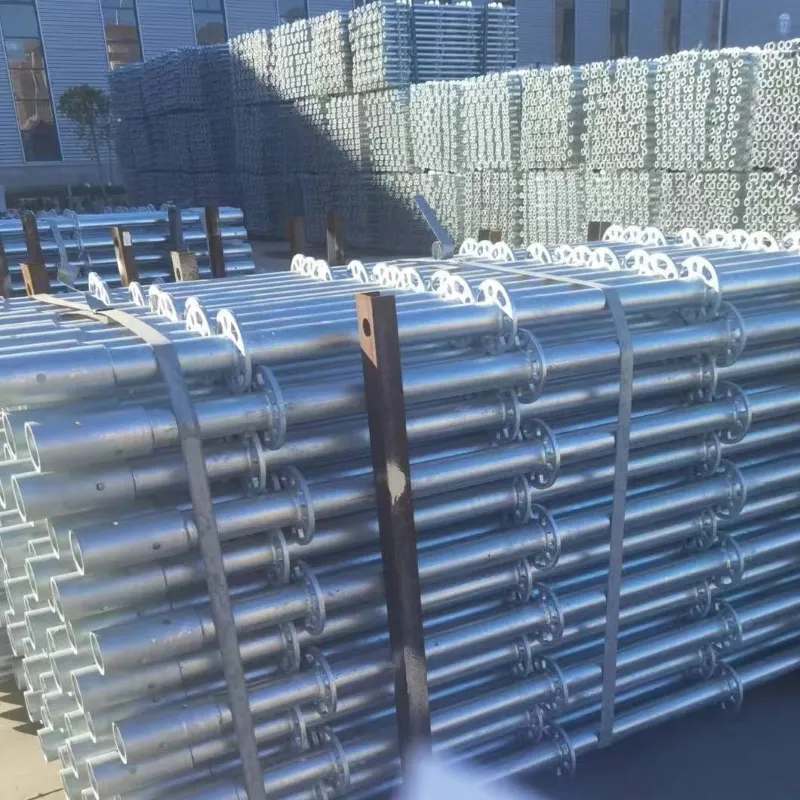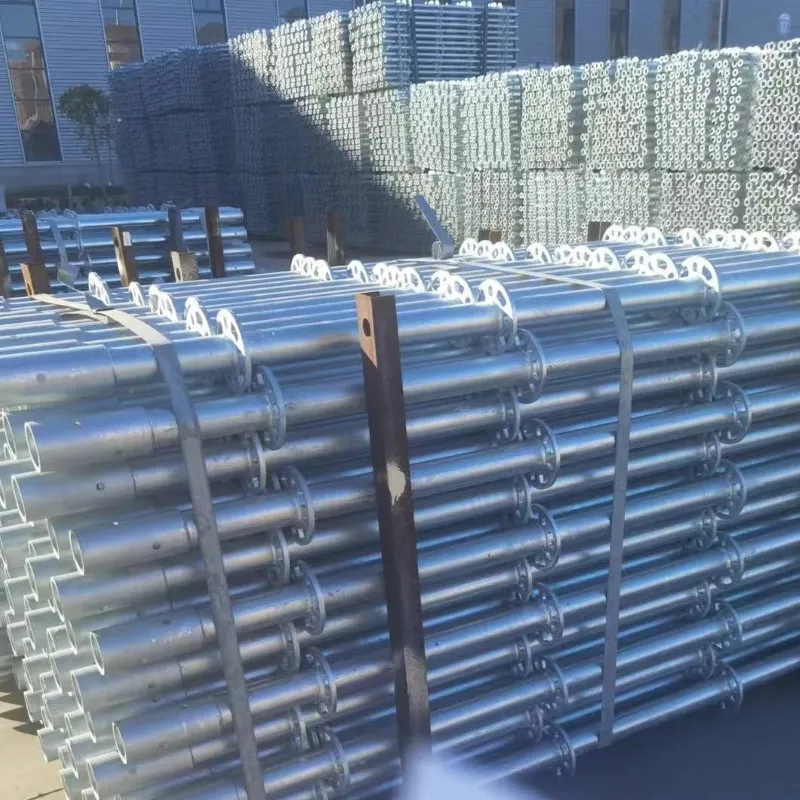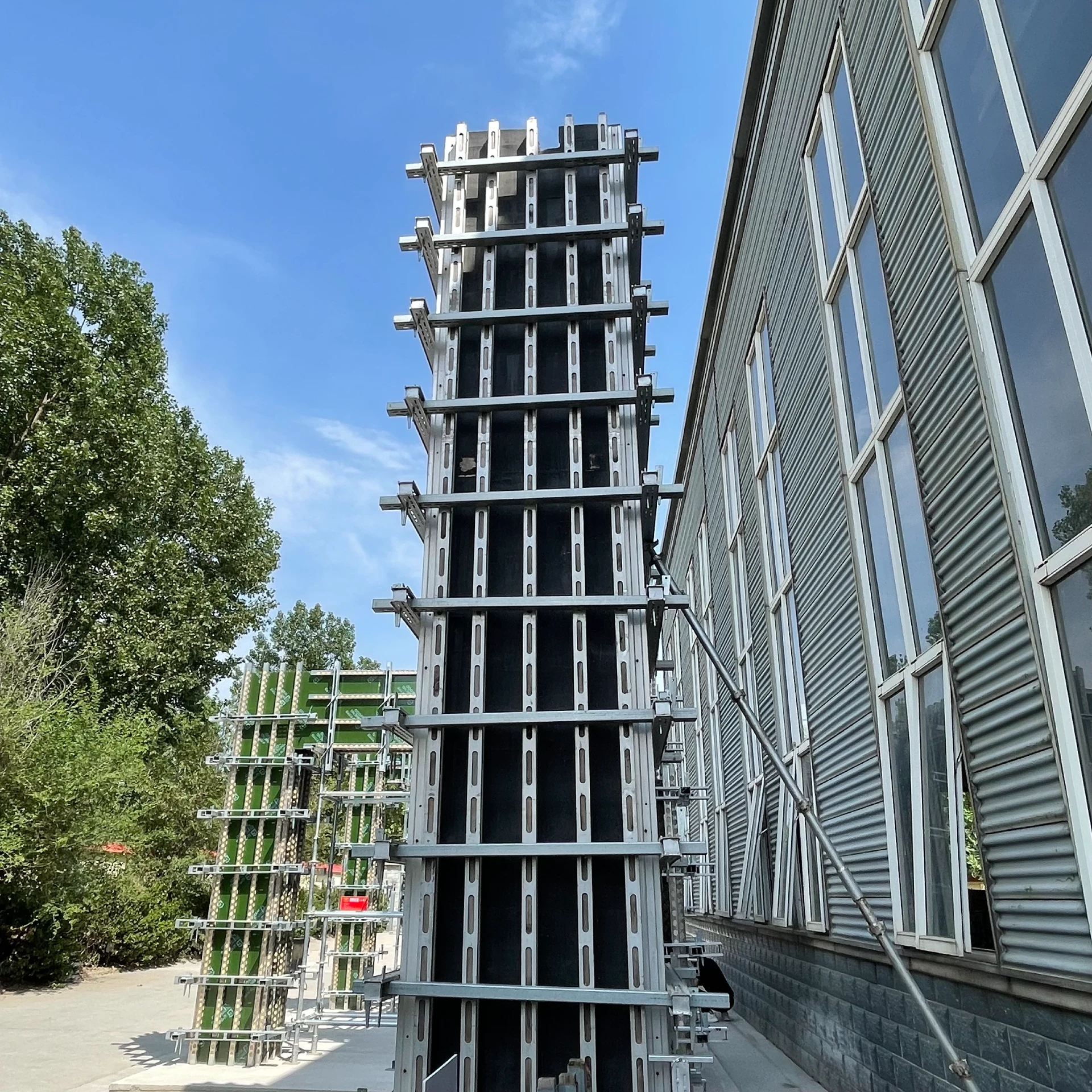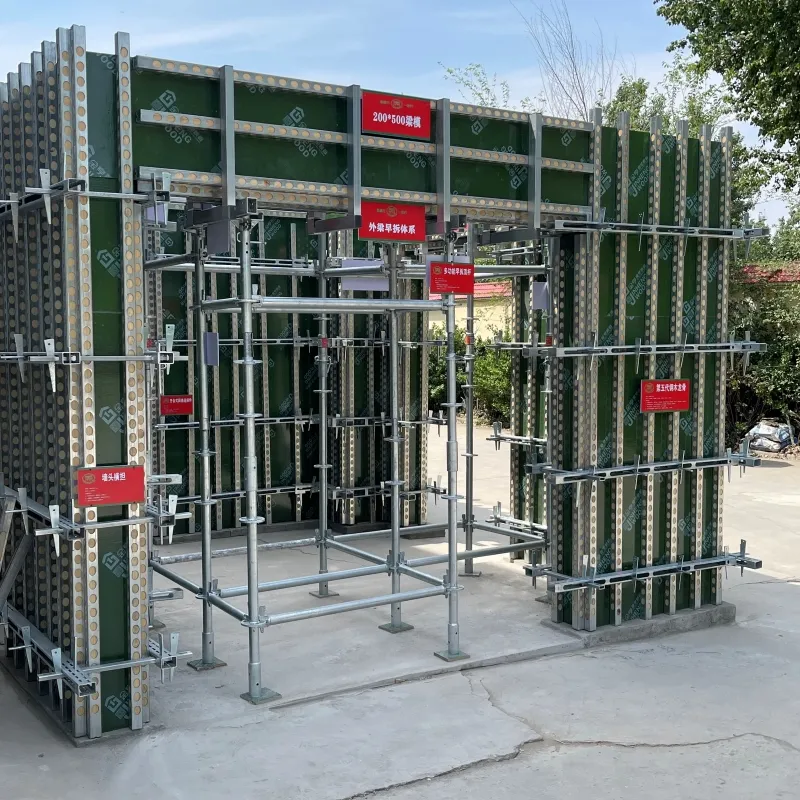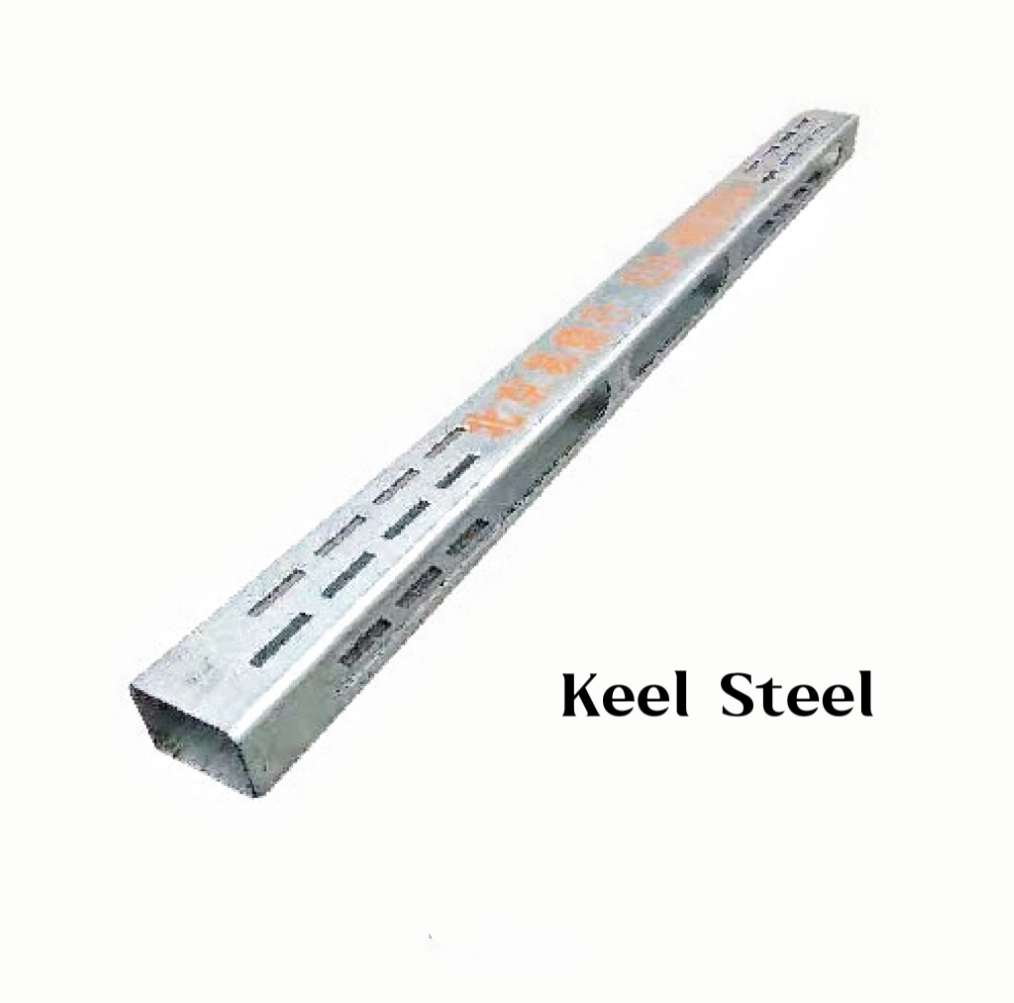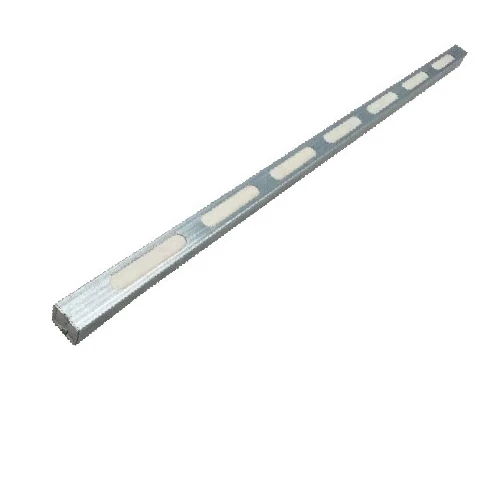
Material Grades and Their Significance in Column Rebar Selection
In the construction industry, the proper selection of column rebar materials stands as a cornerstone of structural integrity and long-term durability. As wholesale suppliers, we recognize that the choice of reinforcement materials for wall reinforcement and square column reinforcement requires specialized knowledge of material properties, performance characteristics, and application-specific requirements. The selection process extends beyond mere strength considerations to encompass factors such as seismic performance, corrosion resistance, and constructability. This comprehensive analysis explores the critical aspects of material grade selection for structural reinforcement, providing valuable insights for construction professionals and material suppliers alike.

Fundamental Principles Column Rebar Material Grades
The classification of rebar materials follows standardized grading systems that specify minimum yield strength, tensile strength, and elongation properties. These material grades, typically designated by numerical values such as Grade 40, 60, or 75, indicate the steel's yield strength in kilopounds per square inch . For column rebar applications, the grade selection must consider both the structural design requirements and the anticipated service conditions. Higher-grade materials (Grade 80 and above) find particular application in square column reinforcement where increased load-bearing capacity and resistance to buckling are paramount. The ductility characteristics of different grades become especially critical in seismic zones, where the ability of wall reinforcement to undergo plastic deformation without brittle failure can mean the difference between localized damage and catastrophic structural collapse.
Performance Characteristics in Column Reber
The mechanical behavior of column rebar under various loading conditions demonstrates the importance of proper grade selection. In vertical load-bearing elements, the rebar must compensate for concrete's inherent weakness in tension while working synergistically with the concrete matrix to resist compressive forces. The unique challenges of square column reinforcement require special attention to stress distribution patterns, particularly at the corners where stress concentrations typically occur. This geometric consideration often necessitates the use of higher-grade materials with enhanced ductility to prevent crack propagation. For wall reinforcement systems, the material grade selection must account for both in-plane and out-of-plane forces, with particular emphasis on the reinforcement's ability to resist cyclic loading in seismic applications. The bond characteristics between rebar and concrete, influenced by both material grade and surface deformation patterns, significantly affect the composite action of the structural system.
Square Column Reinforcement and Durability Considerations
The long-term performance of column rebar depends heavily on its resistance to environmental degradation mechanisms. In coastal environments or areas with de-icing salt exposure, the corrosion resistance of reinforcement materials becomes as critical as their mechanical properties. While material grade primarily addresses strength requirements, supplementary protection measures such as epoxy coatings, galvanization, or stainless steel alloys may be necessary to ensure durability. For square column reinforcement in aggressive environments, the combination of appropriate material grade and corrosion protection becomes particularly important due to the increased vulnerability of sharp corners to cracking and subsequent corrosion initiation. Wall reinforcement in below-grade applications presents similar challenges, where moisture and chemical exposure can accelerate deterioration processes. The selection process must therefore balance initial material properties with projected service life requirements.
Construction and Well Reinforcement Implications
The practical aspects of working with different rebar grades significantly influence their selection for specific applications. Higher-grade column rebar, while offering superior strength characteristics, may present challenges in field fabrication and installation. The bending and cutting operations required for square column reinforcement can be more demanding with high-strength materials, potentially requiring specialized equipment or techniques. Similarly, the welding characteristics of various grades must be considered, particularly for complex reinforcement layouts in wall reinforcement systems. The constructability factors extend to lap splicing requirements, where higher-grade materials may necessitate longer development lengths to achieve proper force transfer. These practical considerations often lead to project-specific optimizations where material grade selection balances structural requirements with construction efficiency.
Column Rebar FAQs
What factors determine the appropriate grade for column rebar?
The selection of column rebar grade depends on structural load requirements, seismic considerations, environmental exposure, and specific project performance criteria.
How does wall reinforcement differ from column reinforcement in material selection?
Wall reinforcement typically prioritizes resistance to lateral forces and cracking control, while column rebar must address combined axial and bending stresses with different performance demands.
Why does square column reinforcement often require higher-grade materials?
Square column reinforcement demands higher-grade materials due to stress concentrations at corners and the need for enhanced ductility to prevent brittle failure modes.
Can corrosion protection measures affect the column rebar grade?
While corrosion protection systems complement column rebar performance, the base material grade must still meet all structural requirements regardless of additional protective measures.
How do construction practices rebar grade selection?
Practical considerations in fabricating and installing wall reinforcement and square column reinforcement may limit the use of certain high-strength grades due to bending or welding challenges.
The intricate relationship between material properties, structural performance, and construction practicality underscores the importance of informed column rebar selection. By understanding these complex interactions, material suppliers can provide valuable guidance to construction teams, ensuring that each project's reinforcement system delivers optimal performance throughout its service life. The continuous evolution of material technologies and construction methods promises further refinements in reinforcement strategies, maintaining the critical role of proper material selection in building safe, durable structures.
-
The Impact of Weather Conditions on Scaffold Platform PerformanceNewsAug.01,2025
-
The Fundamental Role of Steel Keel in Building StructuresNewsAug.01,2025
-
The Advantages of Aluminium Scaffolding for Sale in the Construction MarketNewsAug.01,2025
-
Supply Chain Optimization in Joist Reinforcement Plate ProductionNewsAug.01,2025
-
How to Select the Right Timber Steel for Structural ApplicationsNewsAug.01,2025
-
The Importance of Reinforcement Bar in ConstructionNewsJul.11,2025
-
The Durability of Timber Steel FurnitureNewsJul.11,2025




